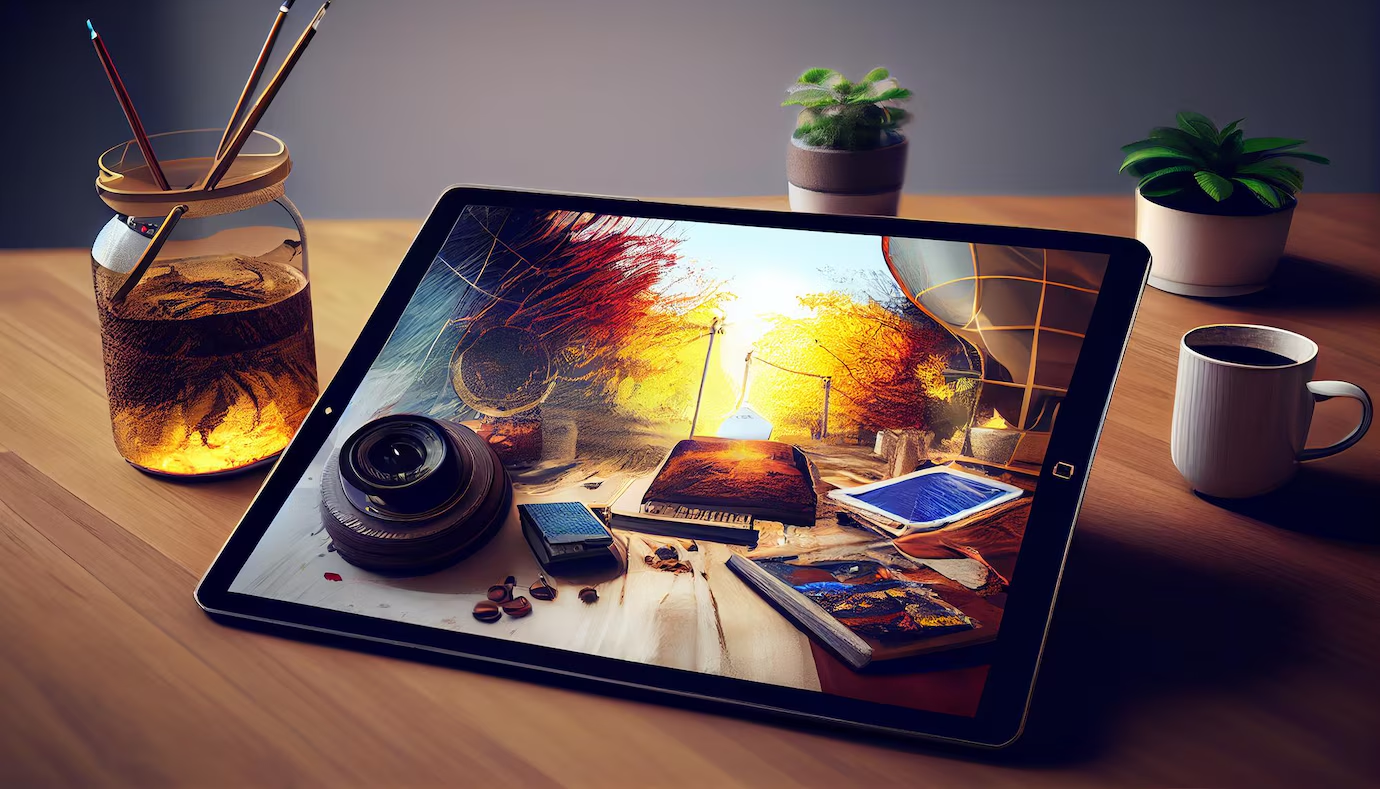Technology and mental health
In the fast-paced digital age, technology is ingrained in every aspect of our lives and has completely changed the way we interact, communicate, and see the world. Technological developments have transformed the way we communicate and obtain information, but they also have a significant impact on our emotional well-being and interpersonal relationships. In this piece, we explore the intricate relationship between technology and wellbeing, highlighting both its advantages and disadvantages.
Table of Contents

The Revolution in Digital: A Two-Sided Sword
Technology and mental health
There are two sides to technology when it comes to mental health. On the one hand, it provides never-before-seen opportunities for self-expression, education, and assistance. For those struggling with mental health concerns, online communities and forums offer a lifeline by promoting a sense of support and community. Furthermore, options for managing stress, anxiety, and depression are easily available and handy through teletherapy and mental health apps.
However, our mental health may also suffer as a result of the constant barrage of digital stimuli. Feelings of inadequacy, anxiety, and isolation can be exacerbated by the digital age’s constant notifications, constant comparison, and information overload. A widespread sense of alienation and loneliness can result from the need to maintain a flawless online persona, which can aggravate identity and self-esteem problems.
The Decline of Human Relationships
Technology and mental health
Technology has transformed human interaction in tandem with its effects on mental health. Social media platforms encourage superficiality and social comparison even if they claim to be able to overcome geographical limitations and enable meaningful relationships. There’s a strange sense of loneliness among a sea of digital buddies when the temptation of virtual approval overrides real face-to-face ties.
Furthermore, the lines separating work and play have blurred due to the widespread use of cellphones and social media, making it difficult for us to be really present in our interpersonal interactions. Our relationships suffer from the continual distractions and urge to multitask, which makes us feel dissatisfied and alone.
Getting Around in the Digital Age Intentionally
Technology and mental health
It is necessary to have a conscious attitude toward our digital consumption in the face of the deluge of technology stimulation. We can lessen the negative impacts of technology on our mental health and interpersonal relationships by intentionally using it. This means emphasizing real, in-person connections, establishing boundaries for our screen time, and creating a digital diet that enhances rather than depletes our wellbeing.
Developing a strong sense of self-worth based on internal principles rather than outside validation is also necessary to build resilience in the face of digital demands. We can strengthen our mental health and create a feeling of belonging in a society that is becoming more and more digitally connected by fostering meaningful connections with ourselves and others, both offline and online.Technology and mental health
In summary
the effects of technology on human connection and mental health are complex phenomena that carry both risk and potential. We may successfully traverse this brave new world with resilience, authenticity, and compassion if we recognize the potential drawbacks of the digital age while also utilizing its revolutionary potential. In the digital age, let’s work to create a delicate balance between the actual and the virtual in order to promote authentic connections and flourishing mental health.









